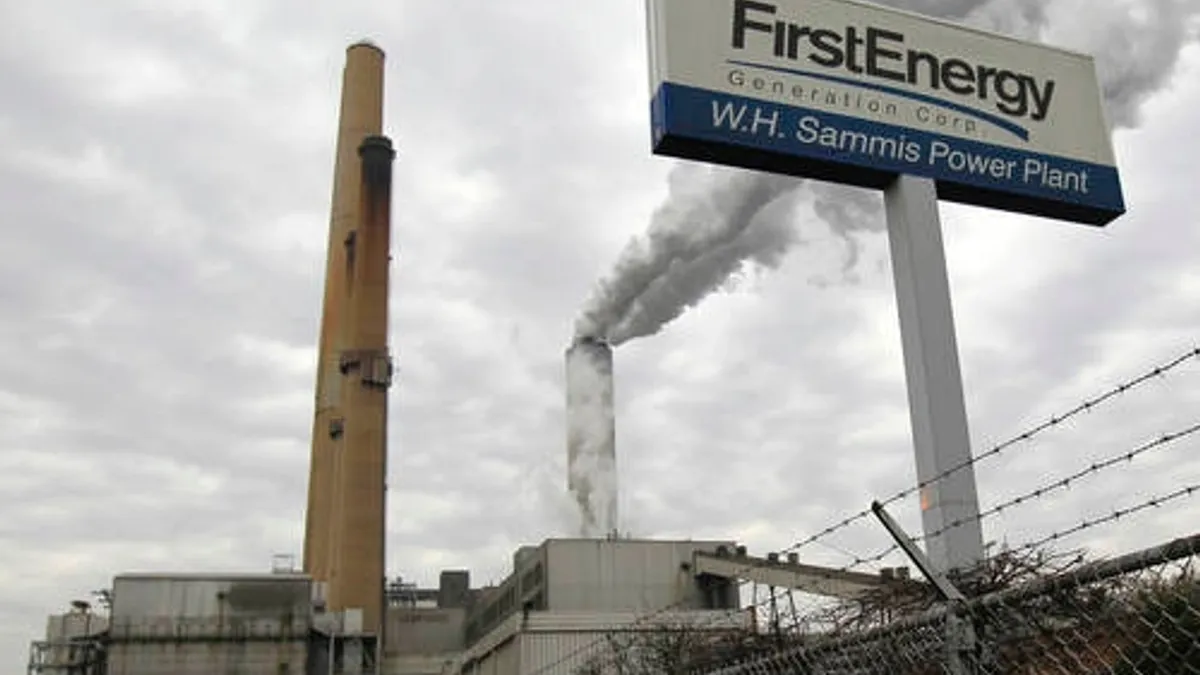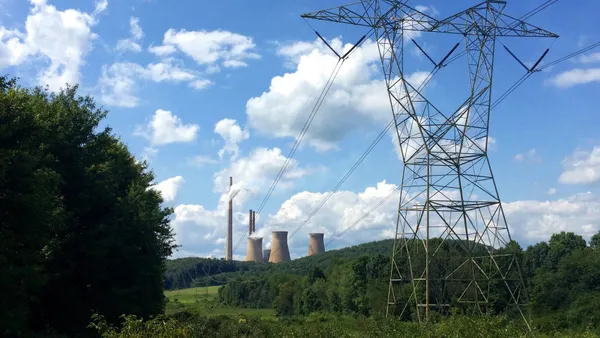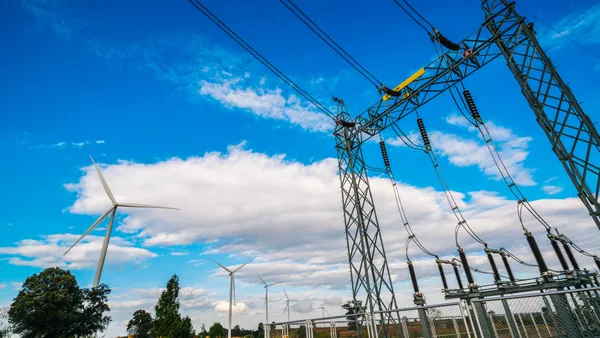Dive Brief:
- A modified proposal to support two struggling Ohio power plants would raise rates and fixed charges, discourage distributed generation and send a mixed message on efficiency, opponents say.
- FirstEnergy filed the settlement this month, proposing to increase the portion of distribution fixed costs over a three-year period as it looks to guarantee income for its plants, Midwest Energy News reports. The news outlet reports that language in the settlement could triple those costs.
- Opponents scored a victory last week when a Public Utilities Commission of Ohio (PUCO) hearing officer agreed there were new issues raised in the settlement, and set a new round of hearings to begin next month.
Dive Insight:
FirstEnergy's proposal to guarantee income at a coal and nuclear plant has often been reported alongside American Electric Power's similar proposal for its own Ohio generation. And the two utilities have faced similar arguments, chief among them that the utilities need to be transitioning away from carbon-emitting power, rather than "bailing out" coal-fired electricity.
But the two cases have taken divergent paths in recent weeks, though both companies have inked settlements.
In AEP's case, the utility just yesterday announced it had struck a deal to phase out coal burn at some units and add more renewable energy. But FirstEnergy will now head back to the PUCO for a fresh round of hearings related to its own proposal. A modified proposal it filed two weeks ago would raise the fixed-charge portion of delivery bills to 75% over a three-year period, a plan which has angered consumer advocates who say it will ultimately raise rates and hurt conservation efforts.
While the plan also calls for FirstEnergy to revive its energy efficiency programs, advocates say increasing the fixed charges mean there will be little impact. “They’re sending customers a huge mixed message,” Environmental Law and Policy Center's Rob Keller told Midwest Energy News.
FirstEnergy's plan will cost ratepayers about $3.25 more per month in the first year of the power purchase agreements, but the utility said it expects it to save more than $560 million over the life of the arrangement.
The next round of hearings begins Jan. 14, 2016.















